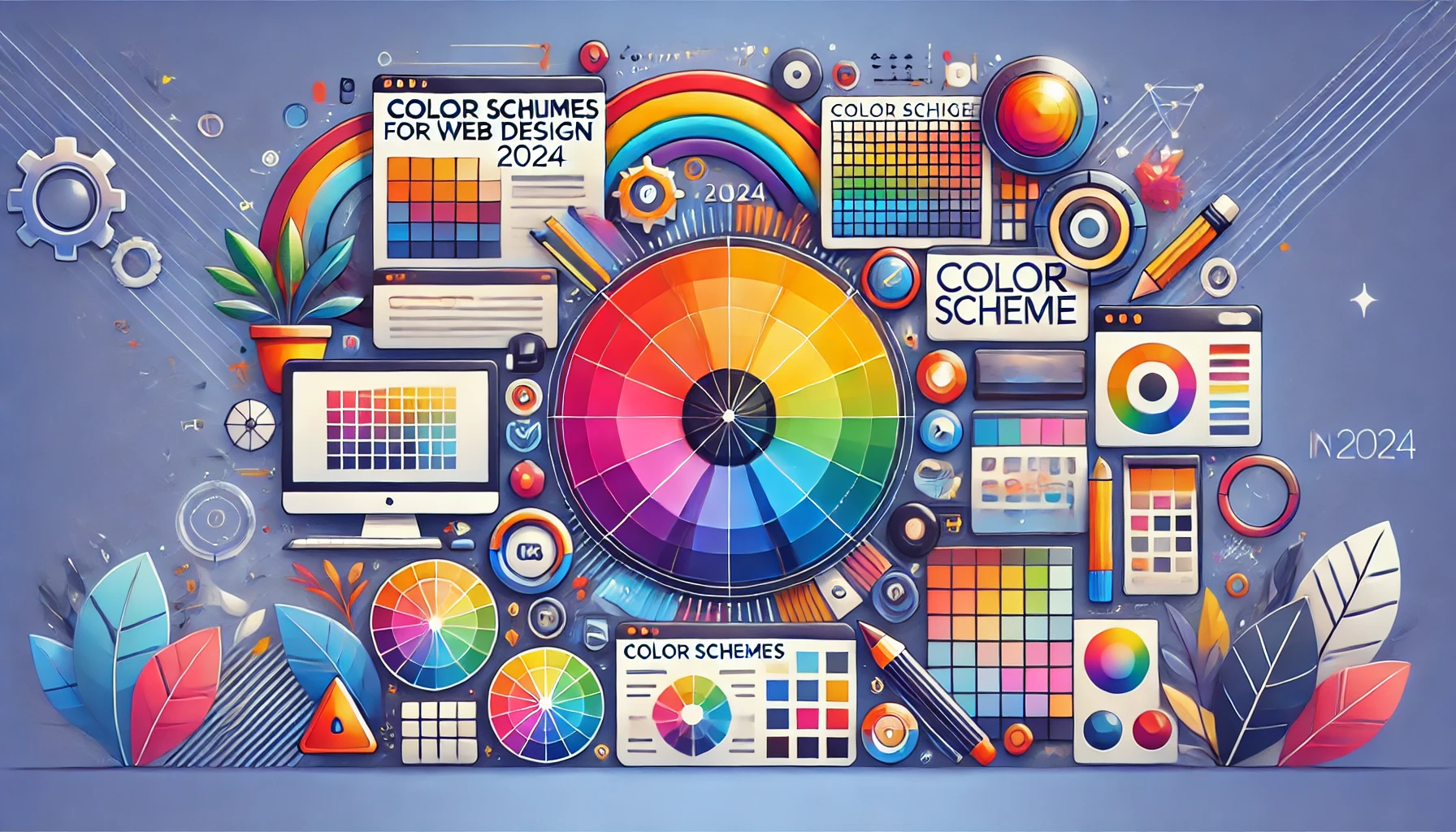
Choosing the right color scheme for your website isn’t just about aesthetics; it’s about creating an experience that resonates with your audience, communicates your brand identity, and drives engagement. Whether you’re launching a new site or revamping an existing one, here’s a fun guide to help you pick the perfect palette for 2024!
1. Understand the Psychology of Colors
Colors evoke emotions. Did you know that blue can make people feel calm and secure, while red can create a sense of urgency? Here’s a quick rundown of what different colors might convey:
- Blue: Trust and professionalism (think banks)
- Red: Energy and excitement (perfect for sales!)
- Green: Growth and tranquility (great for eco-friendly brands)
- Yellow: Optimism and cheerfulness (ideal for kids’ products)
- Purple: Luxury and creativity (think high-end brands)
Before you dive into your design, take a moment to consider what feelings you want your audience to experience.
2. Consider Your Brand Identity
Your color scheme should reflect your brand’s personality. Are you a playful startup or a sophisticated law firm? Look at your existing branding and choose colors that align. If your brand already has established colors, use them as a foundation for your website design. Consistency is key in building brand recognition!
3. Explore Trends for 2024
Staying updated with design trends can spark inspiration. For 2024, consider incorporating bold and vibrant colors, earth tones, or a blend of both. Check out color forecasting sites like Pantone and Adobe Color to see what's gaining traction. You might find a trendy color combination that feels just right for your site!
4. Use Color Wheel Tools
Feeling stuck? Online color wheel tools can be lifesavers! Websites like Coolors.co or Adobe Color Wheel allow you to play around with different color combinations. Start with a base color and see what shades and tones complement it. This interactive exploration can lead you to some surprising and delightful pairings!
5. Limit Your Palette
Less is often more in web design. Stick to a limited color palette—usually, three to five colors is ideal. This helps keep your site looking cohesive and prevents overwhelming your visitors. Use one or two primary colors, a couple of secondary colors, and perhaps an accent color to draw attention to key areas (like CTAs).
6. Test with Real Users
Once you’ve narrowed down your color choices, it’s time to test! Create mockups of your site using your selected colors and gather feedback from real users. This can provide valuable insights into how your color scheme affects usability and overall feel. Plus, you might discover preferences you hadn’t considered!
7. Don’t Forget Accessibility
Remember to keep accessibility in mind when choosing colors. Ensure there’s enough contrast between text and background colors for readability. Tools like WebAIM’s contrast checker can help you ensure your color combinations meet accessibility standards.
8. Stay True to Your Brand
While trends are enticing, staying true to your brand’s identity is crucial. Don’t choose colors just because they’re trendy; make sure they align with your brand message and values. A well-chosen color scheme enhances your branding and creates a memorable experience for your visitors.
Conclusion
Choosing the best color scheme for your website in 2024 can be a fun and creative process. By understanding color psychology, considering your brand identity, exploring current trends, and gathering user feedback, you’ll be well on your way to creating a visually appealing site that resonates with your audience. So grab your color wheel and start experimenting—you might just discover the perfect palette to elevate your web presence!





